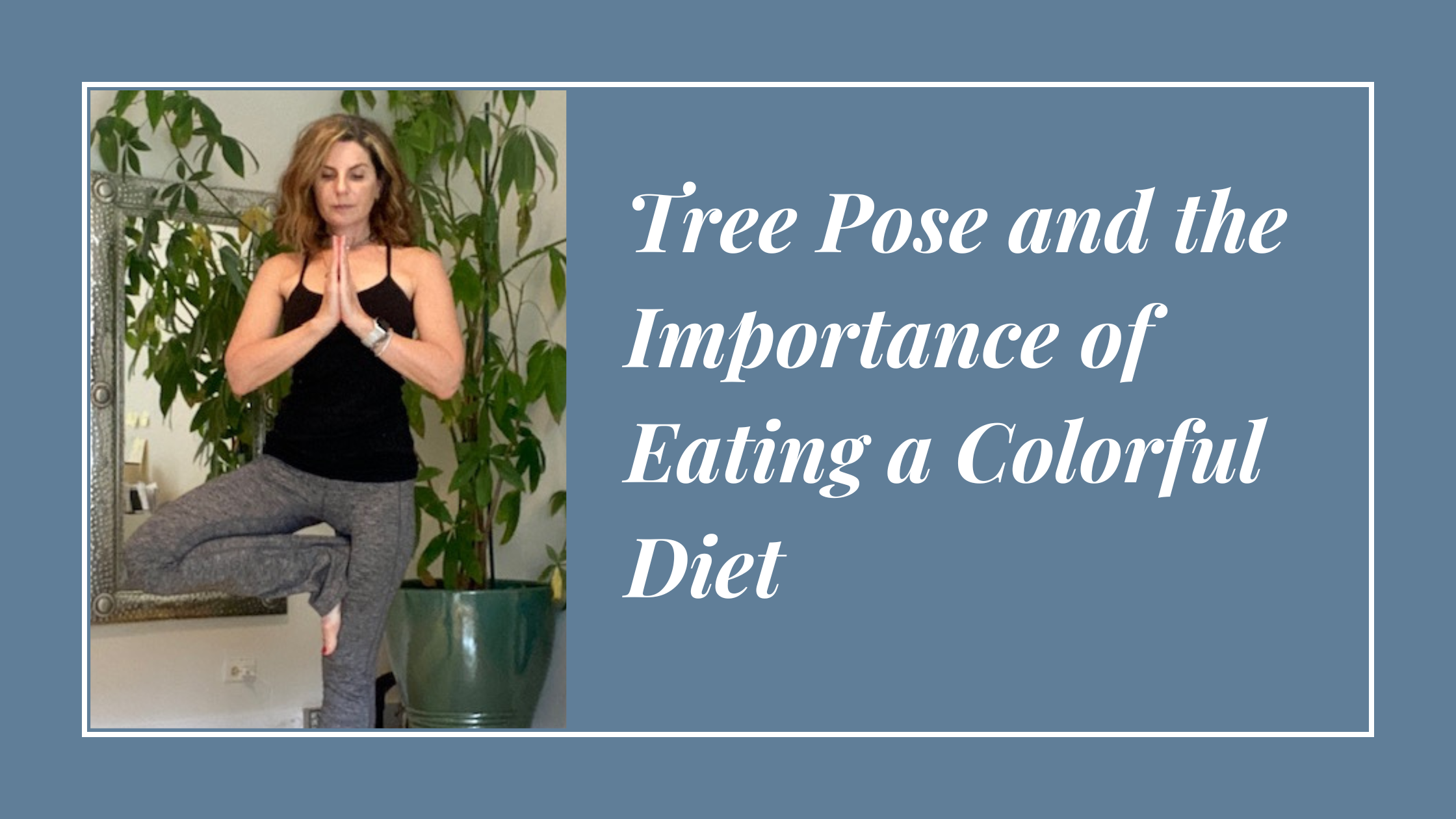One inspiring cue:
When coming into Tree pose, place your foot on the inside of your knee and lightly press your foot and knee into each other.
Yes, I know some of you are shocked! I hear instructors in almost every class say not to put your foot on the inside of your knee in Tree (I used to say the same thing). I am not recommending using this cue every time you practice or teach Tree pose, but to consider not always feeling the need to steer students away from putting the foot directly on the knee.
Why?
If you’re a yoga instructor, you most likely have come across Jenni Rawlings and her research on cues that are considered “old school”. She addressed this cue and here is her reasoning for why having your foot on your knee (assuming your knees are healthy) is not an issue in Tree pose.
She says, “We might not realize it, but our knee is regularly subjected to lateral forces that are higher than foot-on-the-knee in Tree pose, and it’s just fine when exposed to these loads! Think about standing in the ocean and having waves hit you from the side or standing on a subway facing sideways and absorbing the lurching forces as the subway starts and stops. We don’t caution about injury from those loads because we know that our knees have no problem handling them.”
She goes on to say, “Despite popular belief, we don’t actually have evidence to support the idea that our ligaments become lax as the result of being stretched. Ligaments are a tensile soft connective tissue, which means that they’re designed to respond well to tensile forces which are ‘pulling’ or ‘stretching’ forces. When ligaments are pulled on, the cells that live there respond by laying down more collagen to build stronger tissue that is better able to handle tensile (pulling) loads.”
While this makes a lot of sense, as with most things, this is not necessarily cut and dry. Without going into too much detail here, I do know there is a certain point at which overstretching the ligaments can do harm. I am also aware that physical therapists and orthopedic surgeons will tell you not to overstretch ligaments. My understanding is that this pertains to “hanging” or “pushing” in a pose for extended periods of time. Practicing Tree pose, in my opinion, does not seem to fall into this category which is why I am suggesting you try this week’s cue.
One inspiring tip:
While in Tree pose, take one breath with your arms overhead, one breath with your hands at your heart, and one breath with your hands clasped behind your back. Why? Just for a change of pace! =)
One inspiring song:
“Crazy Beautiful Life” by Thomas Hien, Scott Chesak
One inspiring quote:
“The true meaning of life is to plant trees, under whose shade you do not expect to sit.”
– Nelson Henderson
Nutrition nugget:
Eat a colorful diet! I know you hear this all the time, but I want to emphasize how important this is. With each meal you eat, can you find a way to add in one more color? Fruits and vegetables are an easy way to do this. If you have an omelet, add one more color – spinach, mushrooms, parsley on top, or maybe all three! If you’re having tuna salad or a sandwich, add in a slice of tomato, an onion, or a piece of romaine. If you usually add fruits and veggies to your plate, I challenge you to add one more!
Here’s why…different colors mean different nutrients. If you read my last three newsletters, you know that bone health = overall health. You also know that getting vitamins D and K2 is essential to helping direct calcium into your bones (always check with your Dr. if you are on any medications before taking vitamins or supplements). The added colors from your food feed your body the other vital nutrients for bone health. Potassium, magnesium, manganese, vitamin A, and vitamin C are just a few.
Speaking of color, have you seen the 5-minute video about activating your pineal gland to help with hormone balance? It’s wild! It’s also, in my opinion, an easy way to meditate and keep your mind focused on the kaleidoscope of colors and beautiful music. I look forward to doing this a few times a week.

